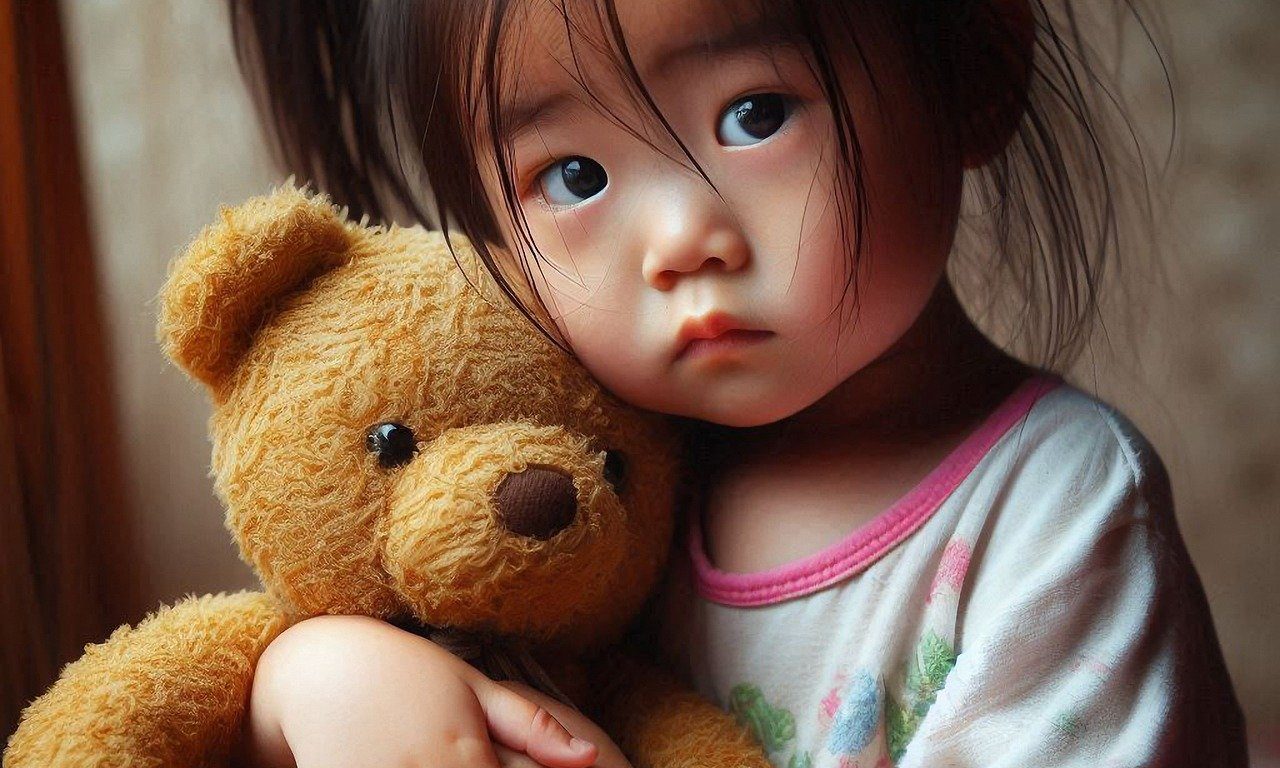Chemotherapy, a life-saving treatment for cancer, often brings about distressing side effects, particularly nausea and vomiting. These symptoms can be so severe that they hinder the completion of treatment. Traditional antiemetics, while helpful, come with their own side effects and don’t always provide complete relief. Seeking alternative solutions, a recent study explored the potential of massage therapy to mitigate these symptoms in pediatric cancer patients.
In 2013, a team of researchers, including Seyedreza Mazlum, Narges Toghian Chaharsoughi, Abdolah Banihashem, and Hamidreza Behnam Vashani, conducted a randomized controlled clinical trial to assess the effectiveness of massage therapy on chemotherapy-induced nausea and vomiting. The study involved 70 patients aged between 4 and 18 years, all undergoing chemotherapy.
Participants were randomly assigned to either a massage therapy group or a control group. Those in the massage therapy group received Swedish massages for 20 minutes at three specific intervals: 0.5 hours before chemotherapy, 24 hours before chemotherapy, and 24 hours after chemotherapy. The incidence, severity, duration, and frequency of nausea and vomiting were evaluated using the Visual Analogue Scale (VAS), BARF scales, and additional questionnaires.
The study revealed promising results for the massage therapy group:
- The incidence of nausea was significantly lower at 25.7% compared to the control group.
- The severity and duration of nausea were reduced by 20% and 54 minutes, respectively.
- The frequency of nausea episodes was 0.35 times lower than in the control group.
- The severity and frequency of vomiting were also lower, with scores reduced by 0.24 and 0.31 times, respectively.
However, the overall incidence of vomiting did not show a significant difference between the two groups (P = 0.192).
Massage therapy appears to significantly reduce the severity, duration, and frequency of chemotherapy-induced nausea and vomiting in pediatric cancer patients. Given these findings, the researchers recommend that nurses incorporate massage therapy into clinical practice and educate patients’ families on its benefits. This involvement can empower families and enhance their role in the care of their children undergoing chemotherapy.
This study underscores the potential of massage therapy as a complementary approach to traditional antiemetic treatments, offering a non-pharmacological option to alleviate some of the most challenging side effects of chemotherapy in young patients. Further research could expand on these findings and help integrate such therapies more broadly in pediatric oncology care.
Reference: Mazlum, S., Chaharsoughi, N. T., Banihashem, A., & Vashani, H. B. (2013). The effect of massage therapy on chemotherapy-induced nausea and vomiting in pediatric cancer. Iranian journal of nursing and midwifery research, 18(4), 280-284.
